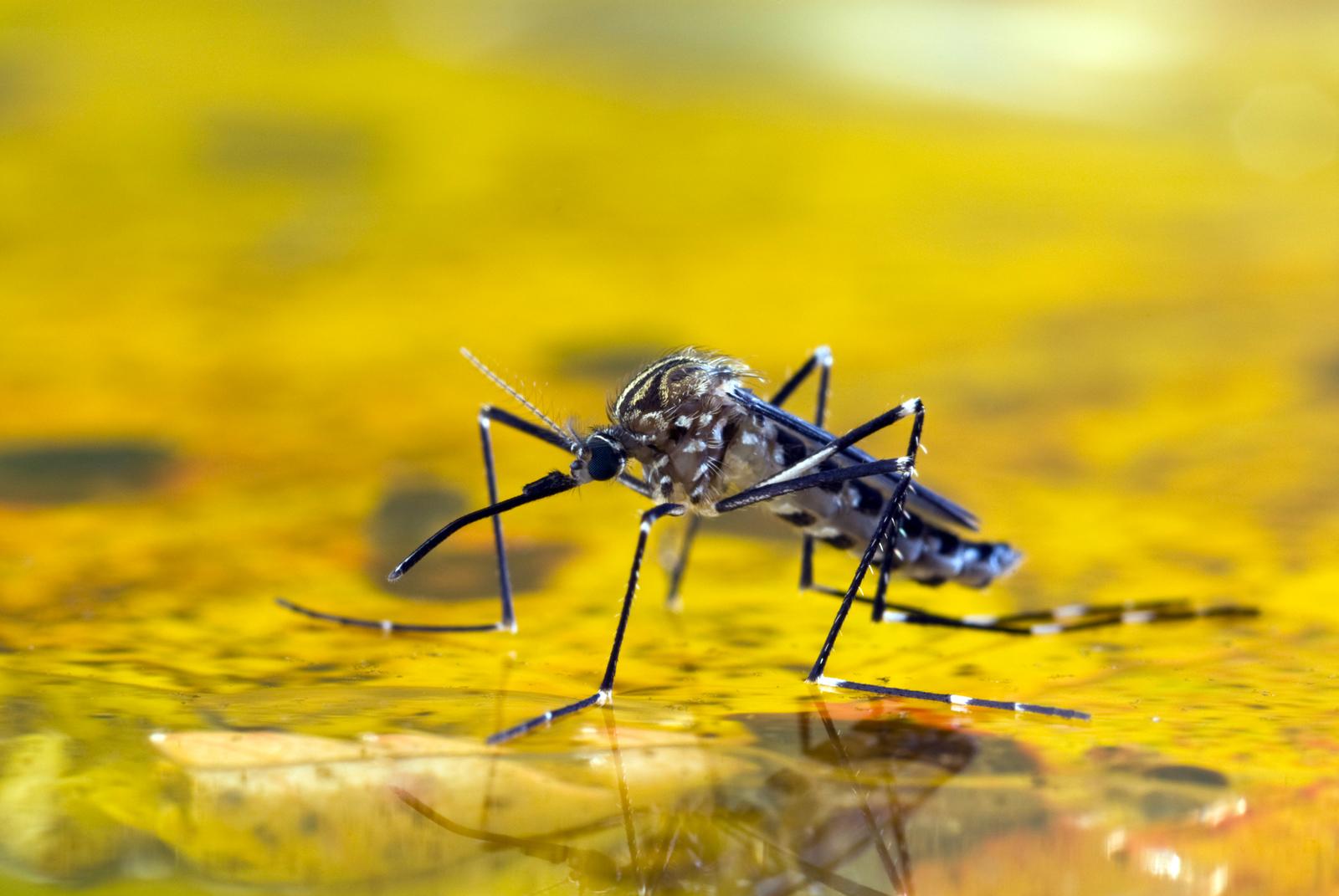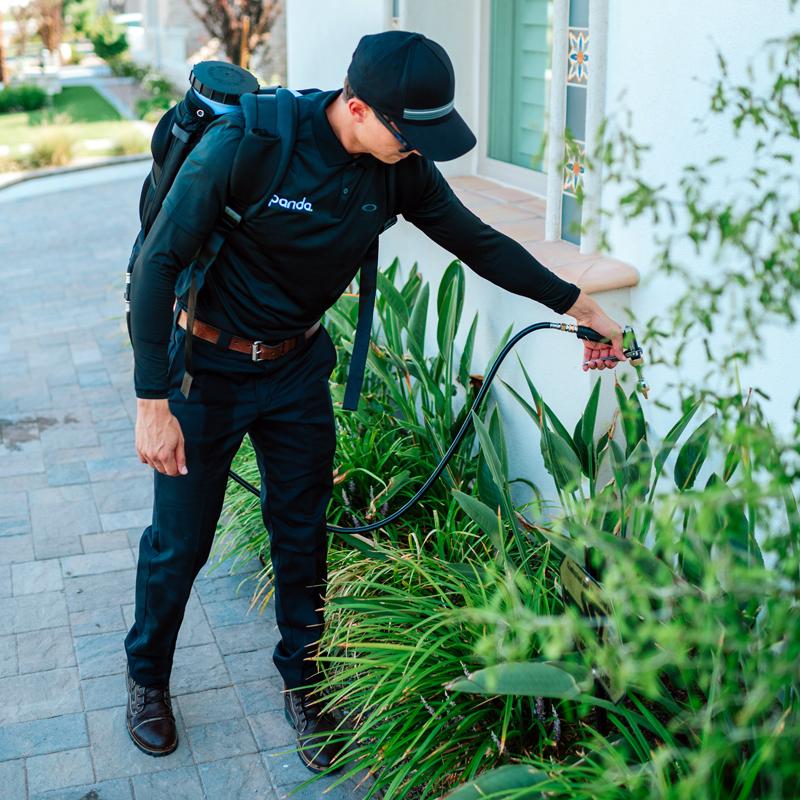Mosquitoes love to buzz in silence, sting without warning, and leave behind more than just itches and red welts. They are not just seasonal nuisances; they are persistent intruders with a taste for blood and an uncanny ability to hide and rapidly multiply. Once they find warmth, shade, and moisture, they settle in quickly and don’t plan to leave right away.
These pests also thrive in gutters, gardens, and pools of water. Apart from being a summertime nuisance, mosquitoes are opportunistic feeders that put your skin and your well-being at risk. The moment they show up in numbers, control and prevention become essential and urgent at the same time.



